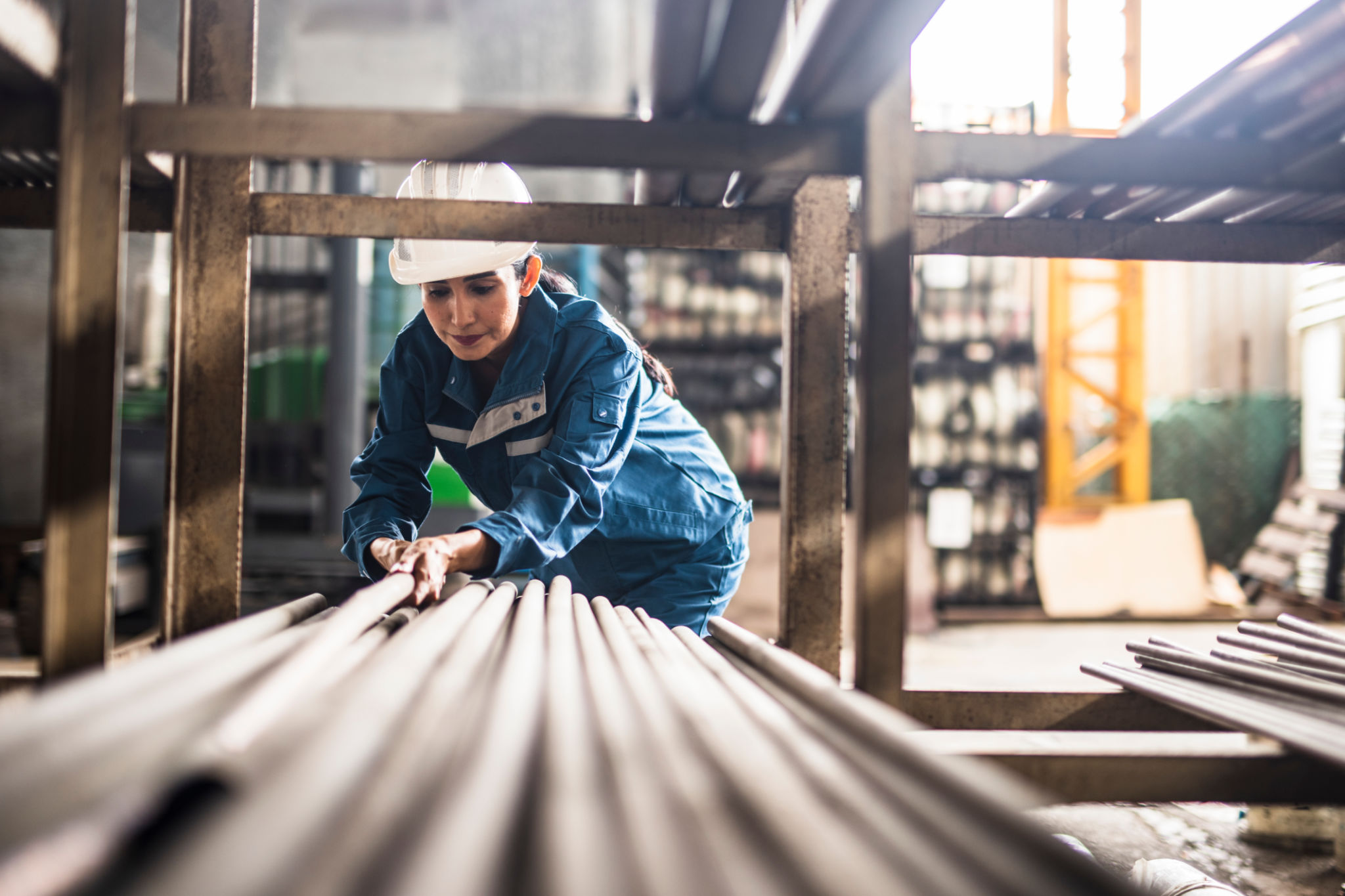Top 5 Common Misconceptions About Metal Casting Debunked
Understanding Metal Casting
Metal casting is an ancient technique that has evolved into a highly sophisticated process used across various industries today. However, despite its widespread application, several misconceptions about metal casting persist. This blog post aims to debunk some of the most common myths surrounding this fascinating manufacturing process.

Misconception 1: Metal Casting is Outdated
One of the most prevalent misconceptions is that metal casting is an outdated method. While it is true that the origins of metal casting date back thousands of years, the process has undergone significant technological advancements. Modern metal casting utilizes cutting-edge technology, such as computer-aided design (CAD) and 3D printing, to create precise and complex components efficiently.
Industries such as aerospace, automotive, and healthcare rely heavily on metal casting to produce parts with intricate geometries that would be challenging to manufacture through other methods. Thus, rather than being outdated, metal casting remains a cornerstone of modern manufacturing.
Misconception 2: Metal Casts are Inferior in Quality
Another common myth is that products made through metal casting are of inferior quality compared to those manufactured using other methods like machining or forging. In reality, metal casting provides a unique advantage in producing complex shapes without compromising structural integrity. The quality of the final product largely depends on the type of metal used and the precision of the casting process.

Furthermore, rigorous quality control measures are implemented throughout the casting process to ensure that the final components meet the required specifications and standards. Advanced techniques, such as non-destructive testing and detailed inspections, help maintain high quality in cast products.
Misconception 3: Metal Casting is Expensive
Many assume that metal casting is an expensive manufacturing solution. While initial setup costs for creating molds can be substantial, the overall cost-effectiveness of metal casting becomes apparent when producing large quantities. Once the mold is created, it can be reused multiple times, significantly reducing the cost per part.
In addition, metal casting allows for minimal material wastage, further contributing to cost savings. The versatility of metal casting also enables manufacturers to use a wide range of metals and alloys, optimizing costs based on material selection.

Misconception 4: Metal Casting is Limited to Simple Shapes
Some believe that metal casting is only suitable for simple shapes and cannot produce complex designs. This misconception stems from a lack of understanding of modern casting techniques. With advancements like investment casting and foam pattern casting, intricate shapes and detailed components can be successfully produced.
These methods allow for precise control over the final product's dimensions and surface finish, making it possible to create components with detailed internal structures and smooth surfaces.
Misconception 5: Metal Casting is Environmentally Unfriendly
Concerns about environmental impact often lead to the belief that metal casting is an unsustainable practice. However, many foundries have implemented eco-friendly practices to mitigate their environmental footprint. For instance, recycling scrap metal and reusing sand molds are common practices that help reduce waste.
Moreover, advancements in technology have led to more energy-efficient processes and reduced emissions. As the industry continues to innovate, metal casting is becoming increasingly sustainable, aligning with global efforts toward greener manufacturing practices.
In conclusion, understanding these misconceptions allows for a greater appreciation of the role metal casting plays in modern manufacturing. By debunking these myths, it becomes clear that metal casting is a versatile, high-quality, and cost-effective method that continues to evolve with technological advancements.
